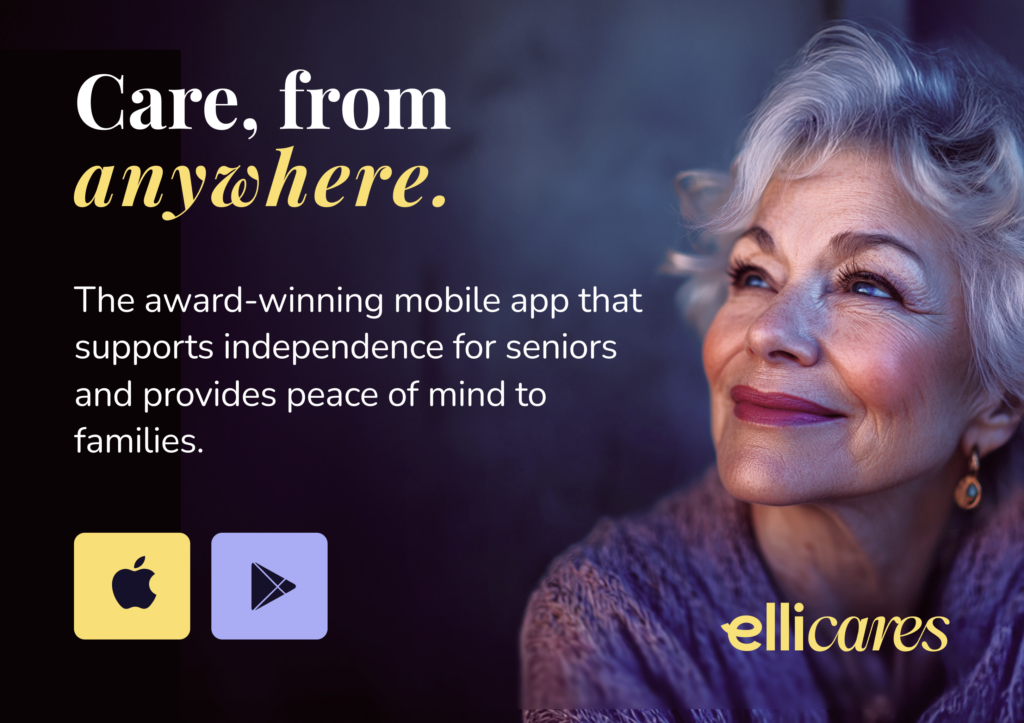Digital tools can bring incredible convenience - connecting us to loved ones, doctors, reminders, and information in just a few taps. But for many older adults, the digital world feels anything but simple. From forgotten passwords to confusing menus, technology can often leave seniors feeling overwhelmed, excluded, and even anxious.
In this article, we’ll explore the root causes of tech frustration in older adults - and the practical steps we can take to reduce friction and increase confidence. Whether you’re designing an app, supporting a parent, or trying to simplify your own digital life, these strategies will help bridge the gap.
Why Does Technology Feel So Frustrating for Seniors?
While age itself isn’t a barrier to learning new things, there are real challenges that make navigating digital systems harder as we get older:
- Cognitive load – Too many steps, pop-ups, or unclear instructions can overwhelm memory and focus.
- Fine motor skills – Arthritis or tremors can make small touch targets or complex gestures hard to manage.
- Low confidence – Fear of "breaking something" or making a mistake can prevent exploration or learning.
- Poor design – Many digital products are built without older users in mind, using jargon or cluttered interfaces.
👉 Related blog: Why Emotional Wellbeing Is Critical for Cognitive Health
1. Start With Familiarity
The more something feels like what someone already knows, the more intuitive it becomes. Stick to devices, layouts, and patterns they’re already comfortable with.
- Prefer tablets over smartphones if eyesight or dexterity is limited.
- Avoid apps that completely reinvent common actions like scrolling or tapping.
- Keep app layouts consistent - changes between screens should be minimal.
2. Minimise Steps, Maximise Clarity
Simplify everything. If it takes more than three steps to get something done, it’s likely too complex.
- Remove unnecessary apps or icons from devices.
- Use large, clearly labeled buttons.
- Avoid hidden menus or swipe gestures that aren't clearly explained.
3. Use Voice and Visual Cues
Many seniors find audio prompts, videos, or voice commands much easier to process than written instructions.
- Use voice assistants like Siri, Google Assistant, or Alexa for hands-free help.
- Include audio or video tutorials with pause/replay options.
- Apps like Elli Cares allow for video recorded reminders from loved ones - much easier to follow than a text alert.
👉 Related reading: How Video Message Apps Support Dementia Care
4. Prioritise Emotional Reassurance
The emotional toll of tech frustration is real. Acknowledge the feelings behind the friction:
- Reassure them that everyone struggles with tech - even younger people.
- Celebrate small wins ("You just opened your calendar by yourself!").
- Frame support as partnership, not teaching or correction.
5. Design With Accessibility in Mind
If you’re building for older users, accessibility isn’t optional - it’s essential.
- High contrast color schemes and adjustable font sizes
- Minimalist layouts with lots of spacing
- Clear “back” and “home” buttons on every screen
- No jargon - use everyday language wherever possible
👉 Related reading: Designing a Dementia-Friendly Home
6. Encourage Routine Use
The more often seniors use tech in a meaningful way, the less intimidating it becomes. Find daily use-cases that feel purposeful:
- Video calls with grandchildren
- Medication or hydration reminders
- Daily check-ins via a support app like Elli Cares
- Weather, news, or music apps with one-tap access
How Elli Cares Simplifies Technology for Older Adults
The Elli Cares app was designed specifically to be dementia- and senior-friendly. Here’s how it supports ease of use:
- Minimal design with large touch areas and clear icons
- Voice and video reminders instead of confusing push notifications
- Safe Zones and Safe Track for unobtrusive safety without needing interaction
- Family connectivity built into the experience, not added as an afterthought
We know that aging doesn’t mean disconnection - and our goal is to empower seniors to stay engaged, supported, and independent.
Final Thoughts
When technology is designed with older adults in mind - not just for them - it can become a powerful ally in their independence and wellbeing. Reducing tech frustration isn’t about dumbing things down - it’s about designing with clarity, empathy, and purpose.
Whether you're a family member or developer, small adjustments can make a huge difference in helping seniors feel more confident in a digital world that wasn’t built for them.
At Elli Cares, we’re committed to simplifying technology so it enhances life - not complicates it.








